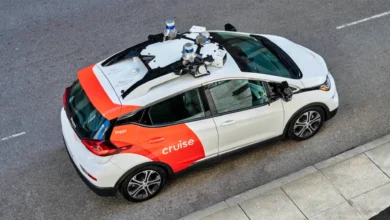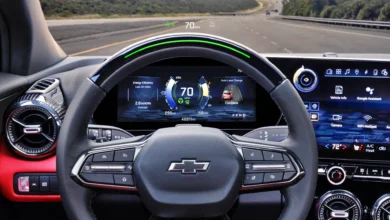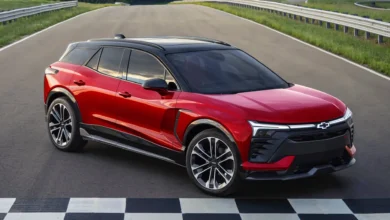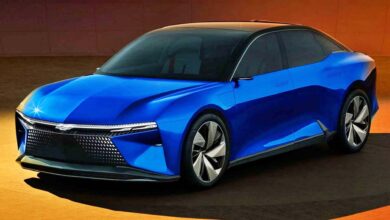
General Motors (GM) has revealed plans to equip all future electric vehicles on its Ultium platform with two-way vehicle-to-home (V2H) charging capabilities. This new technology promises to transform the way consumers manage their energy.
Just over a month ago, GM introduced its Ultium Home line of energy management packages, a bold step toward creating a complete ecosystem for efficient energy use at home and on the road.
Now, the company takes an even bigger step by announcing that all General Motors electric vehicles built on the Ultium platform, including models like the Chevrolet Silverado EV RST, GMC Sierra EV Denali, Chevrolet Blazer EV, and more, will come equipped with V2H charging capability.
Two-way charging in General Motors vehicles
V2H technology will allow not only to charge the vehicle but also to use the energy stored in its batteries to power their homes and communities.
This innovation not only reduces dependency on the traditional power grid but also opens the door to new ways of managing power and contributing to the stability of the power grid at times of high demand.
Wade Sheffer, Vice President of GM Energy, highlighted the importance of this technological expansion in GM’s vision of an all-electric future.
Sheffer stated that “GM Energy’s growing ecosystem of power management solutions will help accelerate GM’s vision of an all-electric future, by further expanding access to more benefits that electric vehicles can offer. “

“By integrating V2H across our Ultium-based portfolio, we are making this innovative technology available to more consumers, with benefits that extend far beyond the vehicle itself, and on a broader scale than ever before,” he added.
First tests of V2H technology
GM has already begun testing V2H technology in collaboration with PG&E in California, and initial results have been promising.
The ability to bi-directionally charge and power homes using the energy stored in electric vehicles represents a significant step towards energy self-sufficiency and reduced carbon footprint.





